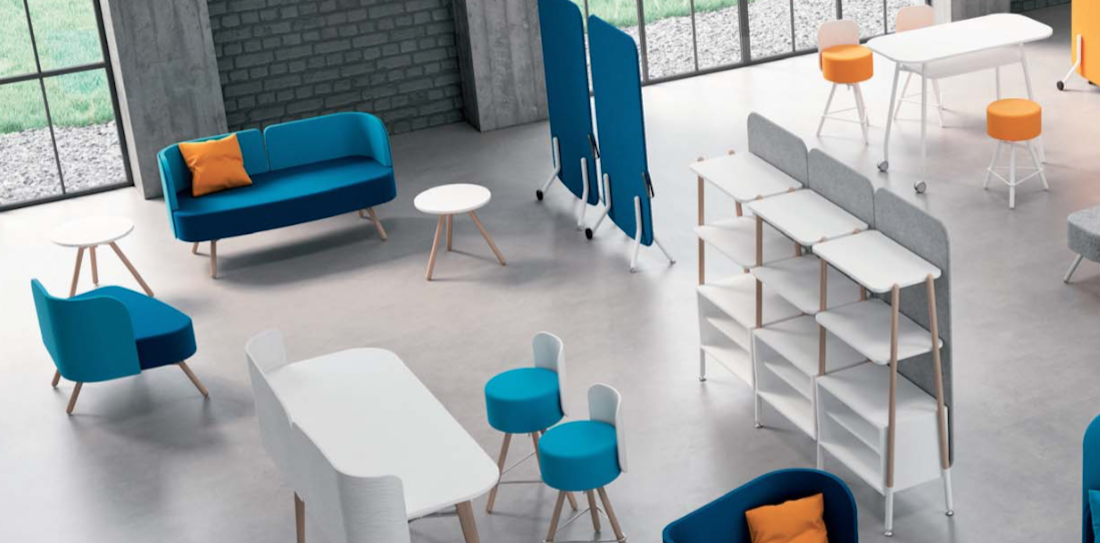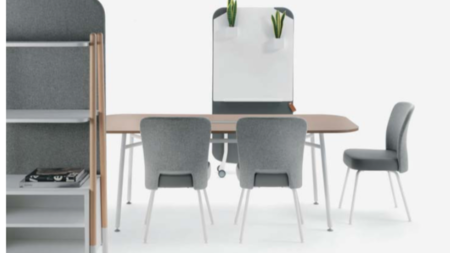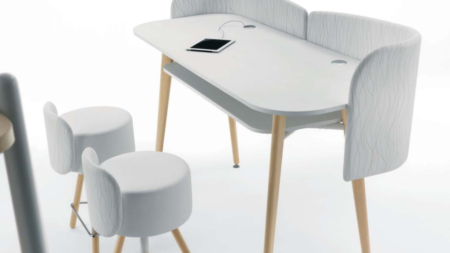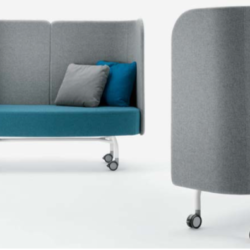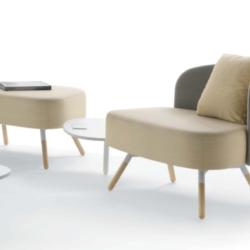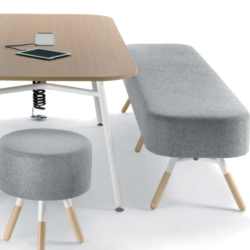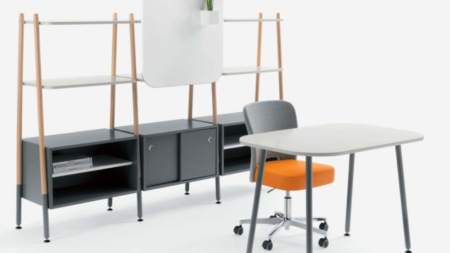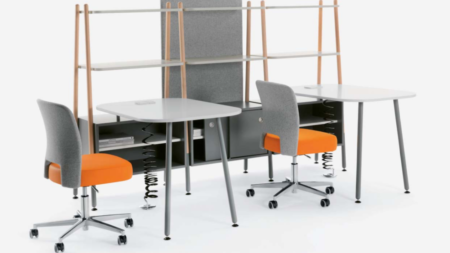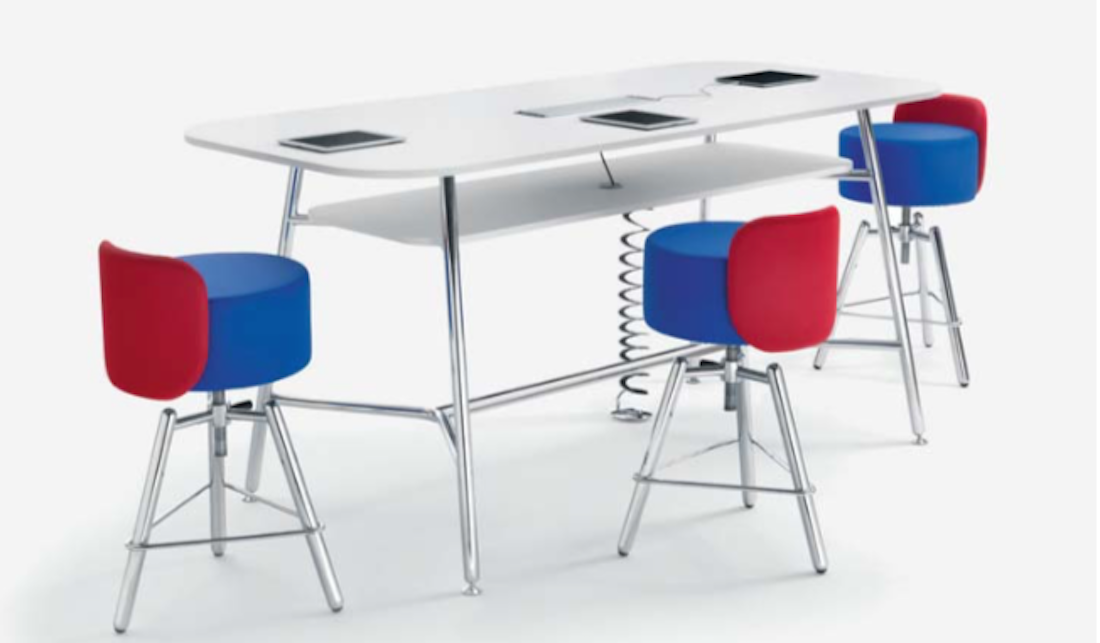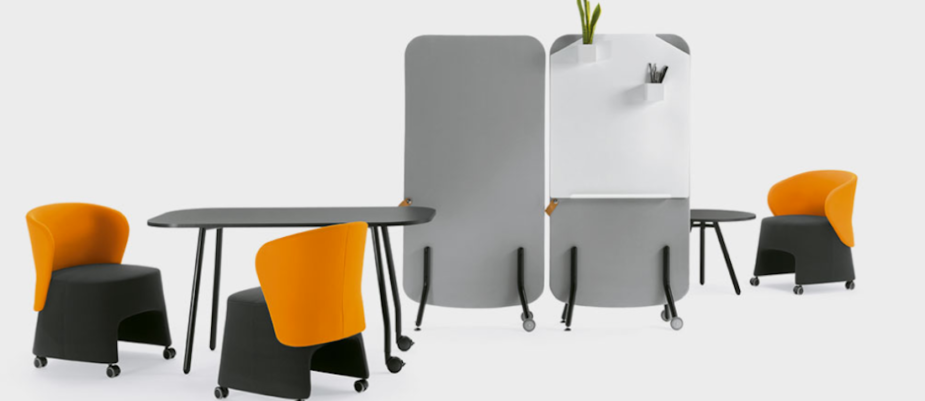
It is a Blog that does not live on the web but in real space, the one that Alessio Pozzoli designed for Sesta.
A lively family of furnishings and accessories for office and public spaces, constantly in progress since 2015 – when it was exhibited for the first time at Salone del Mobile – constantly evolving thanks to new visions suggested by needs emerged during the pandemic, too.
Today, with the collection of screens and lounge chairs, it offers a comprehensive range of items and finishes and solutions.
But despite this completeness, it is by its own nature an “open” project, oriented towards new steps and designed to respond to ever new needs.
In a few words, the designer Alessio Pozzoli perfectly summarizes the spirit of this multifaceted collection, included in the Sesta Design Collection catalog “Blog is a collector of emotions, to share opinions, reflections and ideas that makes you feel right at home”.
This vision takes shape through eight product lines, each complementing the other (chairs, benches, sofas, stools, poufs, desks, tables, coffee tables, bookcases, whiteboards, screens and dividers) divided into three areas: Lounge, Work, Meeting.
Adaptable in shape, size and functionality to any environment, these modular complements allow you to set up Smart Workplace, Activity Based Office and Home Working workstations, but also solutions for any type of collective space: waiting spaces, museums, break areas, etc.
The Blog family is designed to ensure the fast and easily transformable configuration of any environment and generates an extremely diversified range of flexible products. Everything is designed for fluid moving in the environments.
The cultural depth and professional background of the designer Alessio Pozzoli, who has been collaborating with Sesta since 1999, can be read in various characteristic featuring Blog, for example in the smart use of the wheel, in the soft shapes, in the Zen formal simplicity that refers to his Master Isao Hosoe and also in the attention to perceptual factors.
The choice and combination of shapes, colors and materials has the goal of enhancing the environments, emitting positive energy and promoting wellbeing in the workplace.
Actually, excellent industrial design does not neglect the emotional and “qualistic” aspects of objects (an expression coined by another Master, Clino Trini Castelli) strongly influencing the space perception and the activities taking place in it, creating atmospheres that can foster synergies, sharing ideas and inspiring a more serene and joyful ways of living and working together.
Text by Renata Sias

